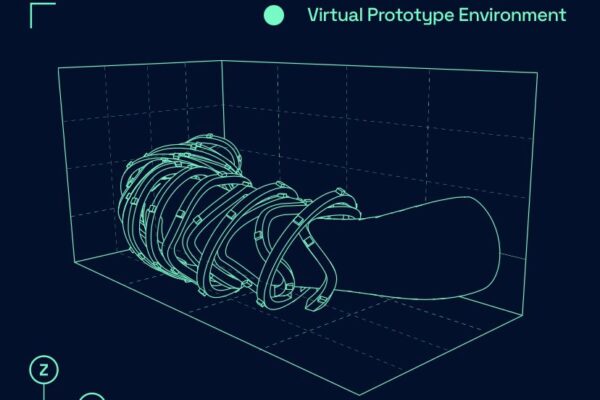
€7m for fusion spin out of Max Planck Institute for Plasma Physics
Proxima Fusion has raised €7m to develop its stellarator concept for fusion power in Europe.
The fundraising for this first spin out from the Max Planck Institute for Plasma Physics is co-led by Plural and UVC Partners, and joined by High-Tech Gründerfonds (HTGF) and the Wilbe Group.
The startup was founded by former scientists and engineers from the Max Planck IPP, MIT, and Google-X and aims to produce a design in the next 12 months of a new type of fusion power plant called a stellarator for deployment within the 2030s.
- £220m for UK’s first active fusion reactor
- Jacobs to design control systems for European fusion plant
Modern magnetic confinement devices can already routinely reach plasmas at more than 100 million degrees, ten times the temperature at the centre of the Sun, with various techniques to confine the plasma.
The stellarator uses a complex set of electromagnets outside of the plasma, whereas tokamaks such as JET in Oxford or ITER in Europe combine external electromagnets with a large current within the plasma, which simplifies the overall design but incurs significant control challenges. Although more complex in design than tokamaks, stellarators present compelling features for a fusion power plant: they can operate in a steady state, with smaller operational challenges, and present an attractive way to manage excessive heat loads on material surfaces.
- Fusion reactor technology edges closer to net energy
- Digital twin of fusion reactor boosts clean energy
The Proxima Fusion project builds on IPP’s Wendelstein 7-X (W7-X), which is the most advanced stellarator in the world. This is addressing the challenge of poor plasma confinement at high temperatures, high losses of fusion products and challenging construction tolerances.
“Experimental progress from W7-X and recent advances in stellarator modelling have radically changed the picture”, said Francesco Sciortino, co-founder and CEO of Proxima Fusion. “Stellarators can now remedy the key problems of tokamaks and truly scale up, radically improving the stability of the plasma and reaching high performance in steady state.”
The performance of fusion devices has historically been quantified with the “triple product” of density, temperature, and confinement time. Since the start of its operations in 2015, W7-X has been rapidly catching up over the most advanced tokamaks, which have collectively received vastly more funding so far. However, the triple product says little of the engineering and economic viability of a fusion concept for power plants.
“We are building on decades of visionary investment by the German government in stellarator technology. It is this investment that created the opportunity for Proxima to be a European champion for fusion,” said Jorrit Lion, a co-founder and expert in the modeling of stellarator power plants.
Martin Kubie joins his co-founders after a decade of working in the McLaren Formula-1 team, Google-X and its spin-off Wing. “Fusion is the challenge of our time. Our task will be to make it a commercial reality,” he said. “Over the next 12 months, in collaboration with its academic and industry partners, Proxima will focus on completing its initial fusion power plant design.”
Ian Hogarth of Plural Platform says: “Stellarators offer the most robust and clearest path to fusion energy. The Proxima team has the energy and the speed that we need. They are ecosystem players, with a thrilling sense of ambition building on top of the Wendelstein 7-X stellarator – a masterpiece of German leadership. Europe needs the audacity of this team and their willpower to take on the fusion challenge.”
Benjamin Erhart, General Partner at UVC Partners, says: “In the coming years, the energy issue will be one of our most existential ones. We already know today that we need a clever mix of different energy sources. Proxima’s efforts for fusion leverage the massive investment made on stellarators in Germany. We are convinced that the team is ready to change the picture – for the world, and particularly for Germany and Europe, which are in urgent need of reliable sources beyond wind and solar.”
 If you enjoyed this article, you will like the following ones: don't miss them by subscribing to :
eeNews on Google News
If you enjoyed this article, you will like the following ones: don't miss them by subscribing to :
eeNews on Google News






